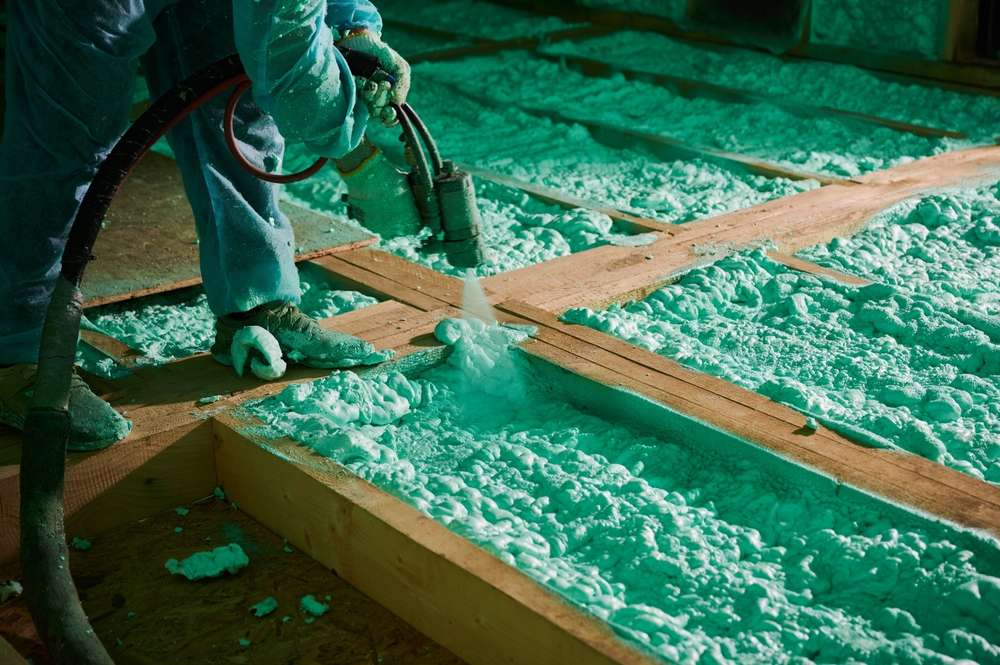Choosing and Using Spray Foam Kits for Home Projects
Spray foam kits can help seal gaps, improve energy efficiency, and add insulation to walls, roofs, and small retrofit projects. This article explains how to choose the right kit by project size, which options work for beginners, key features to evaluate before purchase, and a pricing guide comparing common products and manufacturers.

Spray foam kits combine a blowing agent, resin, and applicator to create an expanding foam that fills voids and cuts air infiltration. For many homeowners and DIYers, kits offer a middle ground between single‑use aerosol cans and full professional systems. Careful selection—matched to project scale, skill level, and safety considerations—helps avoid wasted material and inconsistent results.
Choosing the right kit based on project size
Selecting the correct kit starts with estimating the volume you need to fill. Small air leaks and gaps are often handled with single‑can products sold at hardware stores; these are convenient for sealing around windows, doors, and rim joists. For insulating larger cavities or several rooms, two‑component (2K) foam kits provide higher yield and better R‑value per inch. Measure linear feet and cavity depth to calculate board‑foot requirements, then choose a kit that meets or slightly exceeds that estimate to avoid running short mid‑project. Larger professional rigs are necessary for whole‑house applications and should be left to contractors.
Spray foam kits suitable for beginners
Beginner‑friendly kits are typically single‑component cans with straw applicators or small 2K kits marketed for DIY. Look for products with clear instructions, controlled-expansion formulas, and packaged safety guidance. Beginners should practice on scrap material to learn bead size and curing time, work in well‑ventilated areas, and use basic PPE such as gloves, goggles, and a respirator suitable for organic vapors and particulates. Start with small patches before attempting deep cavity fills; improper layering or over‑application can trap moisture or create uneven surfaces.
Features to consider when purchasing a spray foam kit
When comparing kits, evaluate coverage (board feet), cure time, expansion ratio, and whether the foam is open‑cell or closed‑cell. Closed‑cell foam has higher insulating value and moisture resistance but is denser and usually requires more protective equipment during application. Check for durable applicator guns and easy connection fittings, and confirm whether the kit requires preheating or has temperature limits for storage and use. Also consider cleanup requirements and whether accessory nozzles or extension wands are included—these can improve accuracy and reduce waste.
Pricing guide for different spray foam kits
Costs vary widely depending on kit size and type. Small canned foams for gap sealing are the cheapest per purchase but offer limited coverage, while 2K kits intended for substantial insulating work cost more up front but yield many times the coverage. Expect a tradeoff between initial price and yield: inexpensive cans can be cost‑effective for spot repairs, whereas larger kits tend to be more economical when treating multiple cavities or whole sections of a building.
Below is a concise comparison of representative, widely available products and providers to illustrate typical cost ranges and intended uses. These options reflect commonly sold brands and kit types found through major retailers and manufacturers.
| Product/Service | Provider | Cost Estimation |
|---|---|---|
| Great Stuff Pro (cans) | DAP | $10–$30 per can |
| Loctite Tite Foam (cans) | Henkel | $8–$25 per can |
| Froth‑Pak 200 (2K kit) | Dow | $300–$700 per kit |
| Froth‑Pak 620 (larger 2K) | Dow | $600–$1,200 per kit |
Prices, rates, or cost estimates mentioned in this article are based on the latest available information but may change over time. Independent research is advised before making financial decisions.
Conclusion
Choosing the right spray foam kit depends on matching kit yield and type to project scale, assessing how comfortable you are with application techniques, and prioritizing features like expansion behavior and safety requirements. Review coverage estimates, practice application on scrap surfaces, and consult local services if a job exceeds available kit sizes or if building‑scale ventilation and fire codes must be addressed. Thoughtful selection helps improve thermal performance and reduces the chance of rework or material waste.




